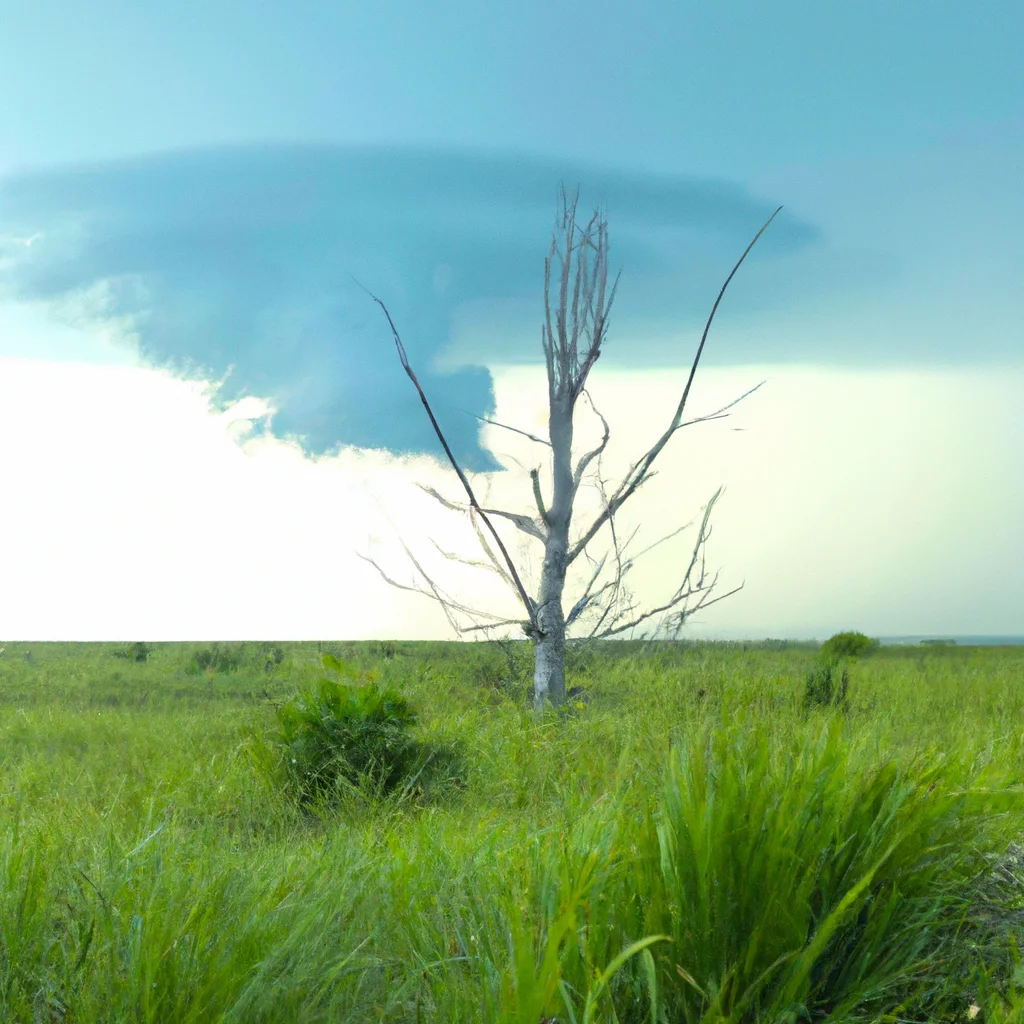How are hurricanes formed?


How are hurricanes formed?
Hurricanes are one of the most powerful and destructive natural disasters that can occur on our planet. They can cause extensive damage to property and infrastructure, as well as loss of life. But how are hurricanes formed? In this article, we will explore the science behind hurricane formation, from the initial stages of tropical cyclones to the development of a full-blown hurricane.
What is a Tropical Cyclone?
Before we dive into hurricane formation, it’s essential to understand what a tropical cyclone is. A tropical cyclone is a low-pressure system that forms over warm ocean waters. These systems are characterized by rotating winds that move in a circular motion around the center, known as the eye. Tropical cyclones are classified based on their wind speed, with weaker systems called tropical depressions and tropical storms, while stronger systems are classified as hurricanes.
Hurricane Formation
Hurricane formation begins with the development of a tropical disturbance. A tropical disturbance is a cluster of thunderstorms that forms over warm ocean waters. These thunderstorms can produce heavy rainfall, lightning, and gusty winds. Over time, some of these disturbances can develop into tropical depressions.
A tropical depression is a more organized system, with a defined center of circulation and sustained winds of up to 38 miles per hour. As the tropical depression moves over warm ocean waters, it can continue to strengthen and develop into a tropical storm.
A tropical storm is characterized by sustained winds of 39 to 73 miles per hour. As the storm continues to move over warm ocean waters, it can gain strength and develop into a hurricane.
Hurricane Science
Hurricane formation is heavily influenced by the science of atmospheric dynamics. Warm ocean waters provide the fuel for hurricanes, as the warm water evaporates and rises into the atmosphere. This rising warm air creates low-pressure areas, which cause air from surrounding areas to rush in and fill the void.
As this air rises, it cools and condenses, forming clouds and releasing heat. This heat is what drives the hurricane’s power, as it provides the energy for the storm to continue to grow and strengthen.
Hurricane Genesis
Hurricane genesis is the term used to describe the initial stages of hurricane formation. It’s during this stage that a tropical disturbance can develop into a tropical depression, and eventually a hurricane.
There are several conditions that need to be present for hurricane genesis to occur. First, the ocean waters need to be warm, with temperatures of at least 80 degrees Fahrenheit. This warm water provides the energy needed for the storm to develop.
Second, there needs to be a low-pressure area in the atmosphere. This low-pressure system allows the warm air to rise, creating the conditions necessary for the storm to form.
Finally, there needs to be a lack of wind shear. Wind shear occurs when there are significant differences in wind speed and direction at different levels of the atmosphere. High wind shear can disrupt the organization of the storm, preventing it from developing into a hurricane.
Conclusion
In conclusion, hurricanes are formed through a complex process that involves the interaction between warm ocean waters, low-pressure systems, and atmospheric dynamics. Understanding the science behind hurricane formation is critical to predicting and preparing for these powerful storms. By knowing what conditions are necessary for hurricane genesis, we can take steps to minimize damage and protect ourselves from the devastating effects of these natural disasters.
Recent Posts
How do I create an engaging and informative online quiz or assessment?
Creating an engaging and informative online quiz or assessment can be a powerful tool for… Read More
What are the most effective methods for managing and reducing work-related stress in the hospitality industry?
Work-related stress is a common issue in the hospitality industry, where employees often face long… Read More
How can I improve my assertiveness and communication skills in a leadership position?
In a leadership position, assertiveness and effective communication skills are crucial for success. Being able… Read More
What are the key elements of a successful employee recognition and rewards program?
Employee recognition and rewards programs play a crucial role in motivating and engaging employees, as… Read More
How do I effectively manage and respond to customer feedback and reviews?
Customer feedback and online reviews play a crucial role in shaping a company's reputation and… Read More
What are the best strategies for effective time management as a stay-at-home parent?
Effective time management is crucial for stay-at-home parents who juggle multiple responsibilities on a daily… Read More